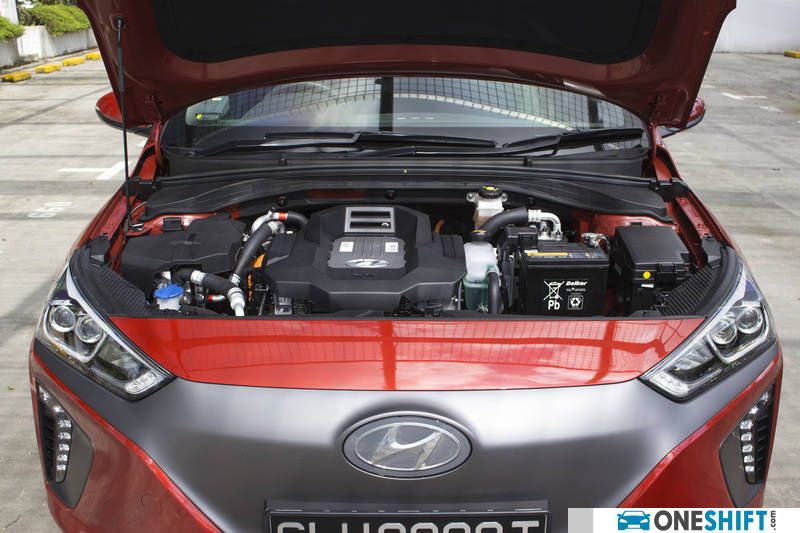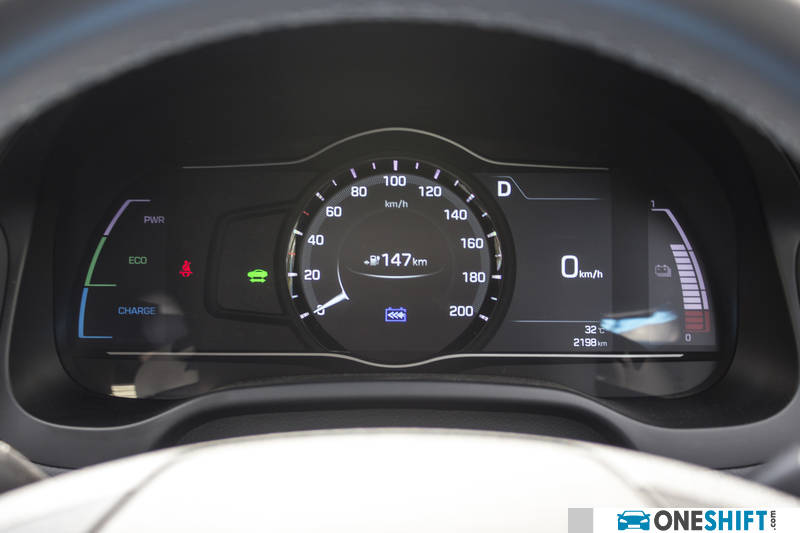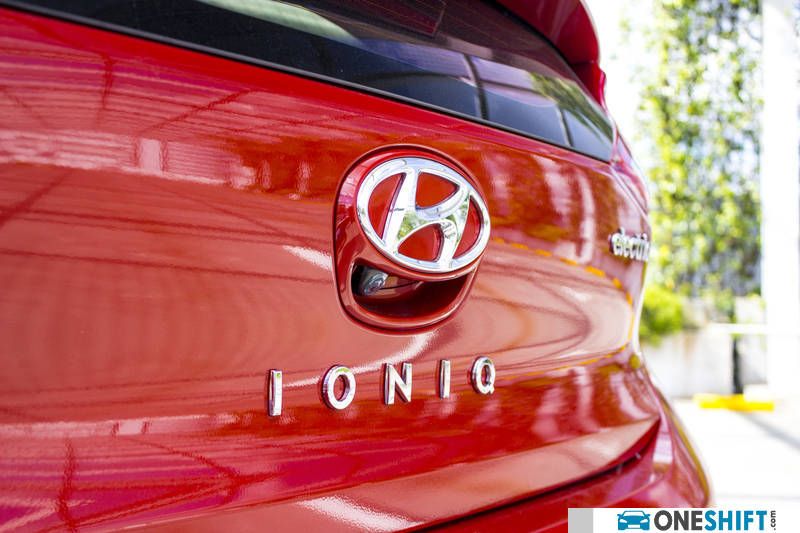Electric Blue
Just about a year ago, Hyundai made waves by launching its Ioniq Hybrid, a car which seemed to be like a doppelgänger of the very successful Toyota Prius Hybrid. With its launch, Hyundai also very quietly highlighted their development of a Plug-in Hybrid (PHEV) and a Battery Electric Vehicle (BEV) version of the same car. Fast-forward a year on, and with numerous examples seen on our roads as privately-owned cars, private hire vehicles and even taxis, the Ioniq has certainly done well.



With no combustion engine, but an electric motor which churns out 120ps and an impressive 295Nm of torque, the Ioniq Electric sits silently at the lights… when we say silently, we mean you could hear a pin drop. Acceleration is instantaneous, thanks to its single-speed reduction gear.

With 100% of its torque made readily available from between 1,000 – 2,850rpm, and with a 0-100km/h time at a respectable 9.9 seconds, the instantaneous acceleration means that the Ioniq is able to out-accelerate almost any road car available here from standstill in short bursts. With most of the heavy bits, like its 28kWh lithium-ion polymer battery, and drive mechanics sitting lower in the Ioniq, handling is refreshingly sharp, with the car happily obliging your inputs in tighter corners.

One of the features we certainly appreciated were the “shift pedals” behind the steering wheel, which are actually 3-stage adjusters for the car’s regenerative braking.

With full control of its regeneration, you can allow the car to either coast, as-if on neutral to save on juice, or determine how much regeneration to dial in during different traffic situations, to slow-down and charge the car. And since the controls are positioned just like pedal shifters, and right at your fingertips. The regeneration can be used to your advantage by dialling it up when harder braking is required.
Under hard acceleration, you would hear a faint buzz from the motor working. And apart from some road noise from the wheels, and some minor wind noise, the Ioniq performs silently in its normal course of driving, delivering an almost “zen” like driving experience.

The market in Singapore is actually ready-enough for buyers to adopt to change, albeit those with the infrastructural and financial means.
After all, paying close to $150,000 for a compact-sized car could still cause some to gag, but the gains right now, would be with those who have to clock a high daily mileage.

Credits:








Get the Best Price for your used car
from 500+ dealers in 24 hours

- Convenient and Hassle-Free
- Consumer Protection
Transparent Process
With No Obligation







